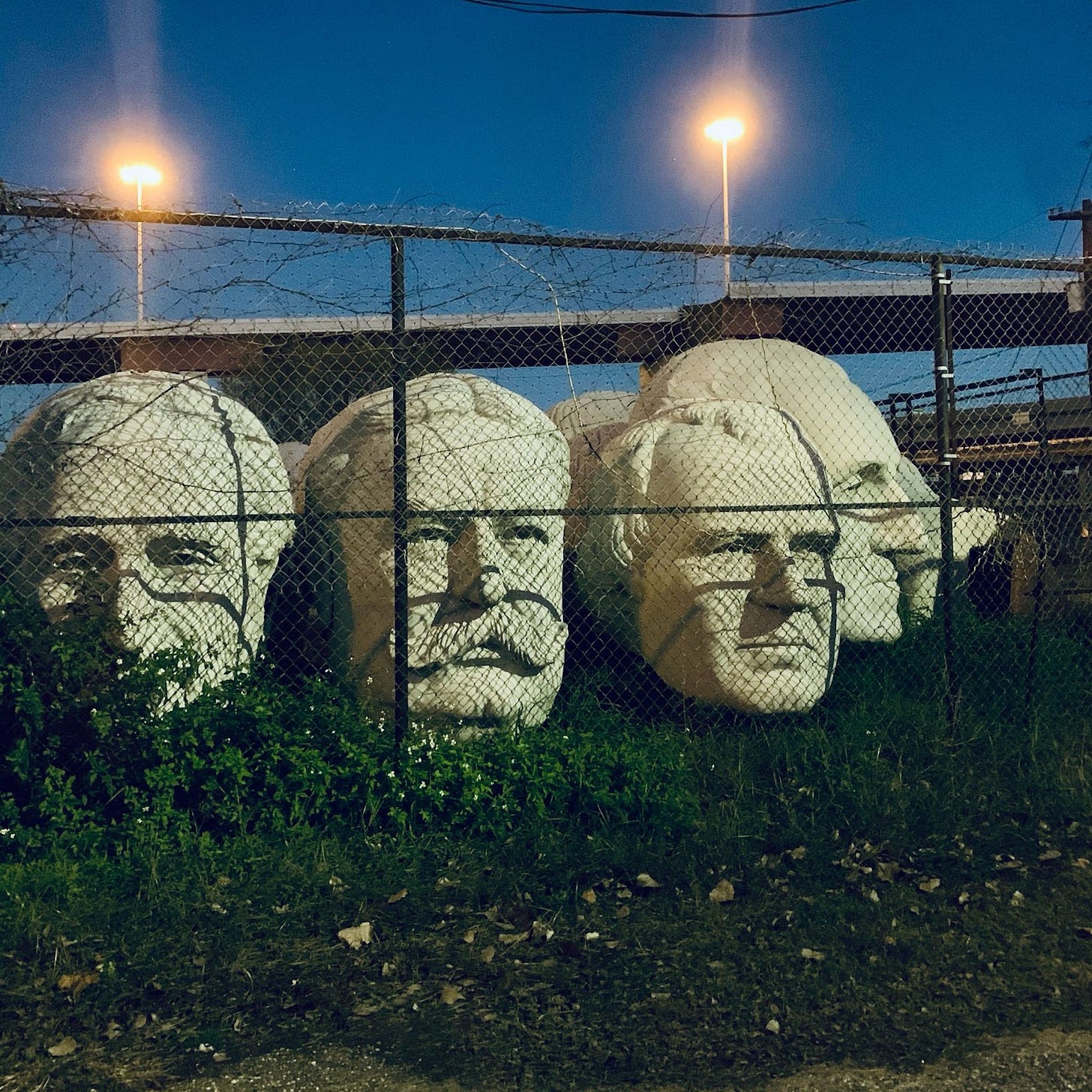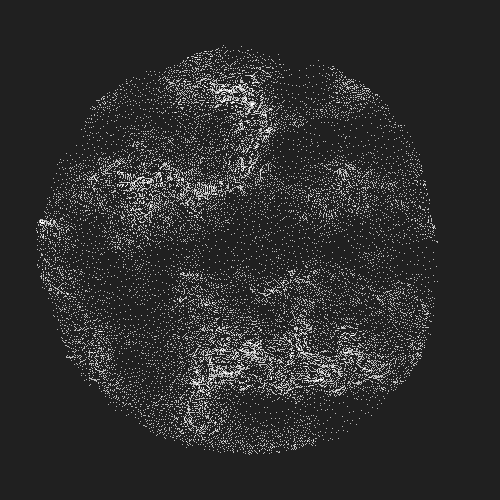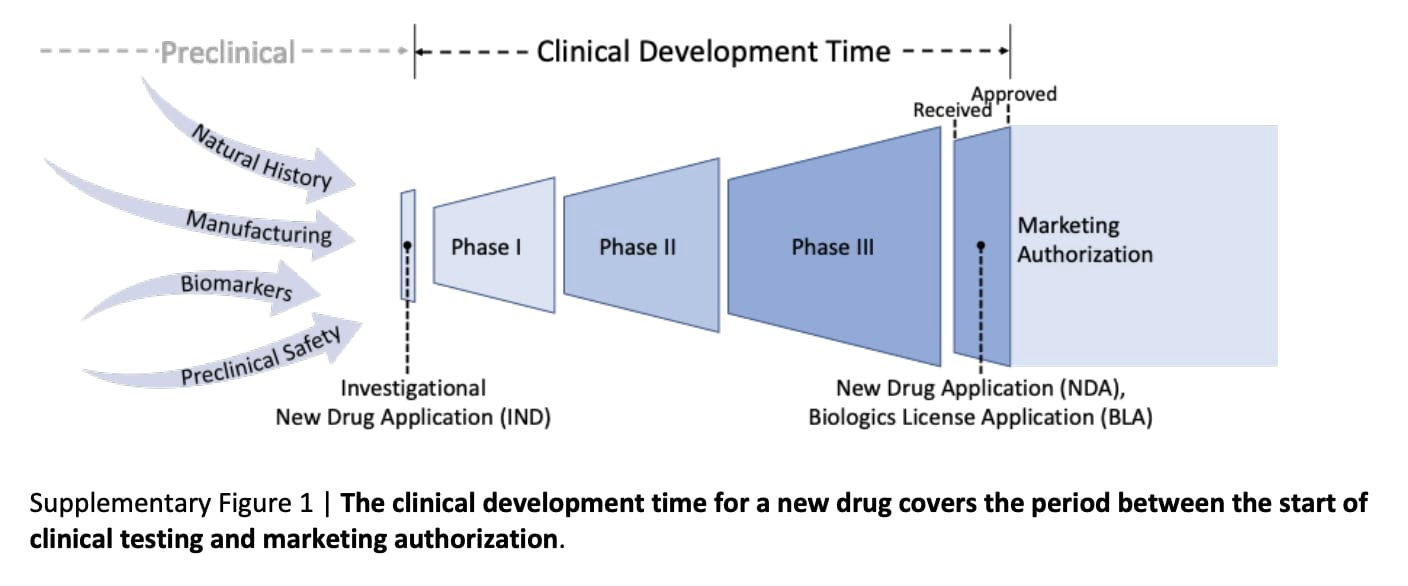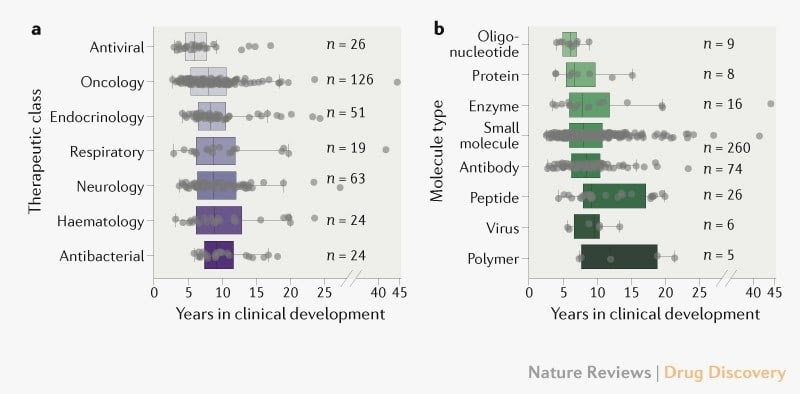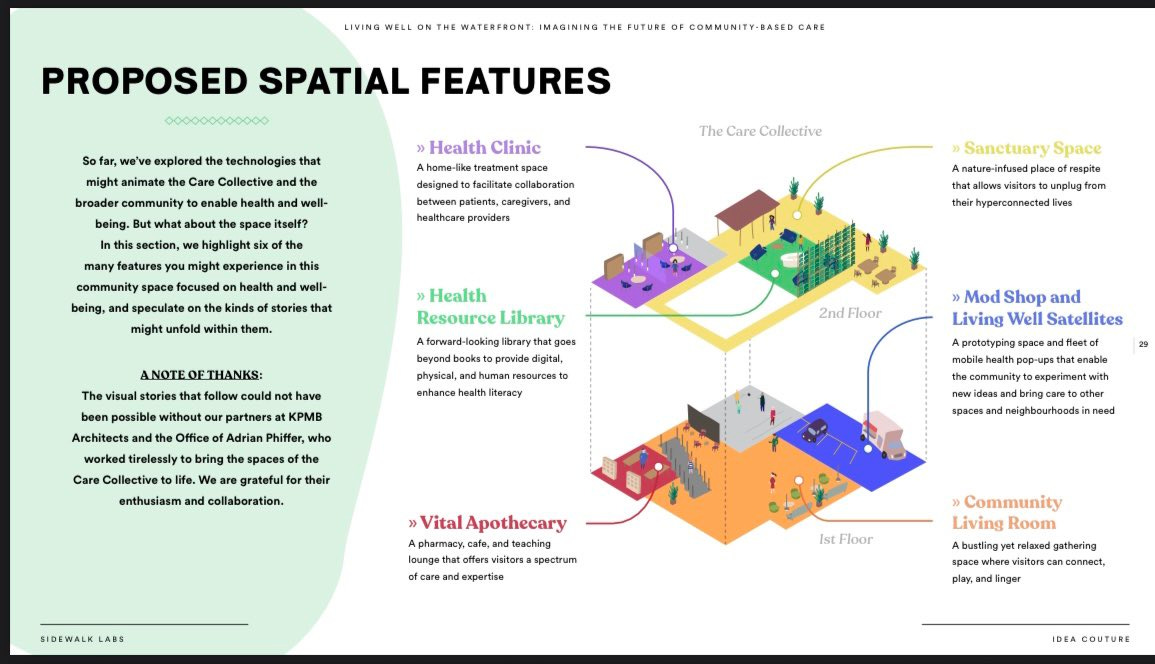Building Physical/Digital Spaces for Healthcare, Trends in 💊 Development Timelines and more
In the early months of the pandemic-that-never-ends, I found myself on a Telegram channel for the Fatum Project. Strangers swapped stories about adventures into the unknown; they used Fatum’s Telegram bot, a quantum random number generator (qRNG), that produced map coordinates.
The bot would prompt users to set an intention. Water. Something that belongs. And then provide a choice between /getattractor or /getvoid or /getida (picking between the two):
This geocaching practice is known as randonauting. At the coordinates, randonauters find both the mundane and the strange like a cul-de-sac, ethnic grocery store, willow tree, or a message carved into cement. I once drove to a lot filled with the busts of US presidents. Many times I’ve found nothing at all.
The first time you randonaut, there’s a decent chance of uncovering something amazing. If you continue doing it, results will get weaker and weaker, until as a whole, the abundance of data appears utterly meaningless. That’s often how science works.
I was discussing hysteresis with my friend Dante: it’s the phenomenon of systems with enormous data experiencing delays between cause and effect. Particularly in economics, engineering/material sciences, and biochemistry, hysteresis exists all over the place, obscuring linkages that appear weak or disconnected.
We are used to making sense of a causal, hierarchical world. ML frameworks are built this way (as are explanations of social behavior, per Alasdair McIntyre’s philosophy). But hysteresis suggests that the world looks more like this:
You’re mired in data, so much information that it hamstrings your ability to see connections. Dante tells me that scientific research is random, endless paper reading until you get a new idea. Hysteresis is latency before the *aha* discovery. Letsinger was maniacally obsessed with the knowns of solid phase chemistry that he nearly missed his societal breakthrough: oligonucleotide synthesis. State governments, busy managing a glut of benefits, only recently thought of extending online grocery services to SNAP recipients.
Building is a journey into randomness. By venturing mindfully through a wealth of data, collective histories, and economic considerations, there are remarkable synchronicities to be discovered.
What could emerge from the blind spots through randonauting, through purposeful exploration?
What could be hiding in places where no one looks at all?
New Drugs and Time to Market
While my family did not celebrate Thanksgiving (and that’s on an Aussie upbringing lacking in turkey and cranberry sauce), I’m grateful for the Jnana Therapeutics analysts who compiled this tidy study on clinical development timelines:
Between 2010 and 2020, the FDA accelerated new-drug approval by 3 years (for an average of 8.3 yrs). Breakthrough designations - for serious conditions with limited but promising clinical evidence - now hover at an average 7 yrs from application to licensure.
Fastest therapeutic class: Anti-viral (likely skewed given the urgency of Covid-19, oncology/cancer therapeutics predictably a close 2nd)
Fastest molecule type: Oligos (short, synthesized DNA or RNA strands and the bedrock of gene synthesis, sequencing, etc.)
While it appears the FDA has aped itself into institutional velocity, a growing open science movement is tinkering on more ideas and tools to accelerate development:
Common pooled resources (Elinor Ostrom meets Addgene or Reclone: shared preclinical assets in animal toxicology, microscopy, biomarkers, chemistry, protein and cell engineering. A great example is MegaMap)
Open notebooks and playgrounds (for sharing/formatting data and protocols with entities outside of the lab)
Defining the minimum viable drug (admittedly speculative but a flexible framework for the fewest inputs/deliverables in trial execution, approval, launch)
Incorporating patient communities upstream (digital twins, patient trial design committee, cost and affordability review)
In recent history, 50% of innovative drugs fall into the orphan drug category thanks to government funding and timeline accelerants that offset development costs. This is positive for those with rare life-threatening conditions but may come with adversarial public health consequences. Something I’ve heard anecdotally, perhaps substantiated by this research, is the orphan category overwhelming R&D in antibacterials. Concerning with skyrocketing antimicrobial resistance…
The Chan-Zuckerberg Initiative and Carb-X are backing a variety of pre-clinical tools and early development projects around the world.
Projects like ResearchHub and Molecule/VitaDAO also offer ways to revive thousands of shelved patents and forgotten data across academia and industry. Samo Burja refers to this knowledge as intellectual dark matter. Transferring IP or creating open-source frameworks, with early patient community involvement, could lead to breakthroughs in screening methodologies and therapeutics.
Physical/Digital Spaces for Healthcare
I visited a Catholic hospital a few weeks ago in Berlin:

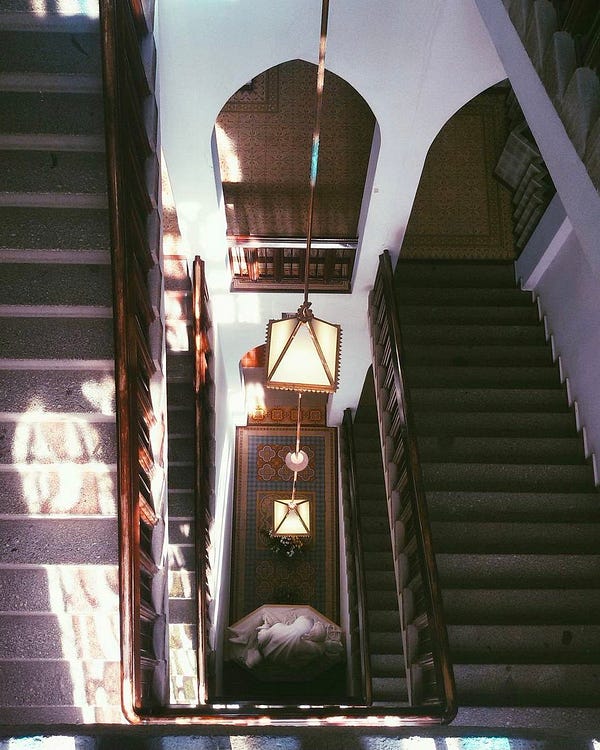

I’ve seen my fair share of clinics but never anything as charmed and welcoming. Could this be a blueprint to build for the sick, rather than for sickness?
Ruminating on spaces for health and wellness, the magic of Twitter led me to a call with Anita Lin. Anita is a vibrant designer who worked on the Care Collective (the proposed community health space for Sidewalk Toronto):
Sidewalk, as one of Google’s many sidequests, unsurprisingly would have leveraged modern health technologies in the clinic. But the Collective journeyed beyond physical health, inviting providers, health experts, community leaders, and locals to collaborate in geospatial prototyping. This led to the additional planning of:
A health resource library (for health literacy/knowledge and peer-to-peer health advice)
Apothecary (a pharmacy and cafe inclusive of diverse healing approaches e.g. curanderos - care providers in Hispanic immigrant communities)
Living well satellites (evolving space which could be used for pop-ups/mobile care)
Community living room and sanctuary spaces
It’s novel to see buildings for healthcare that are generative, cultural, and informational. Many health systems are non-profits but convoluted economic priorities mean they often neglect to build for the very people who animate them.
There are all sorts of invisible forces (laws, social norms, institutional trust, generational histories, etc.) that shape interactions between a provider and a patient. Cleveland Clinic’s Shared Medical Appointments illustrate an interesting model. Patients are highly satisfied in these group visits, conducted in spaces that look like classrooms. Patients rate SMA care as accessible and sensitive to their needs:
When we shape spaces for care, who is made visible or invisible? How do these geospatial principles carry over to the virtual? For a cancer care routing website or a behavioral health app: protocols in physical-digital space condition how people think about their health and take action about their health.
SOLVE at UCSF is a digital health incubator that supports companies designing digital health tools that impact Medicaid populations. I’d like to see a similar approach for the elderly; too many independent living and senior nursing facilities - not to mention the technologies built for this population - are lifted from a Cronenberg horror flick.
When physical and digital spaces place people in the co-creator role, healthcare moves from “Terms of Service” to “Terms of Serve-Us.” As my friend Aaron Lewis says, empowering people to create their own medicine.
Interesting Tweets and Links
A peep into CVS’s drug formulary changes
Hospitals and doctors are suing the Biden administration to stop a law that would protect patients from surprise billing
A Promethean investigation into cancer research. Most studies exaggerate the magnitude of intervention by an avg 85%:
 Published! Reproducibility Project: Cancer Biology @eLife * 193 experiments planned, 50 completed. Challenges in transparency, sharing, & implementation doi.org/10.7554/eLife.… * Replication effect sizes were 85% smaller on avg than original effects doi.org/10.7554/eLife.… 1/
Published! Reproducibility Project: Cancer Biology @eLife * 193 experiments planned, 50 completed. Challenges in transparency, sharing, & implementation doi.org/10.7554/eLife.… * Replication effect sizes were 85% smaller on avg than original effects doi.org/10.7554/eLife.… 1/
A new gene therapy system that can target brain cells while avoiding the liver. Huge(!) considering AAV (adeno-associated virus engineered to deliver DNA to target cells) tend to modify and disable liver activity:

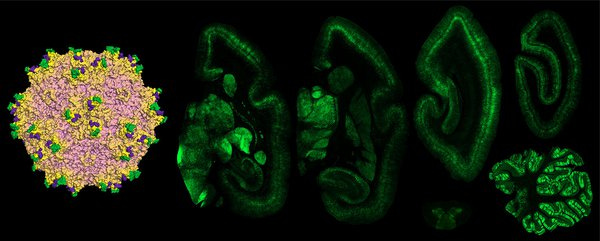
Special shout out to my friend Ellen Rudolph on the launch of her autoimmune care startup, WellTheory!
----
Thank you to Anita, Cullen, Dante, Meghan and Shohini.
Disclosure: I don’t have a copywriter so yolo on the typos. This post does not represent the views of my employer. I am a scout for a16z’s healthcare and bio team.



